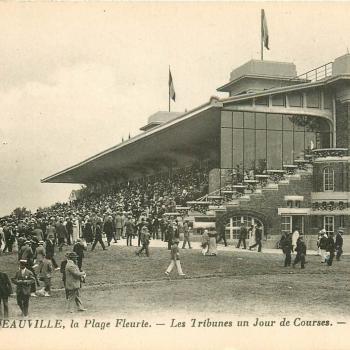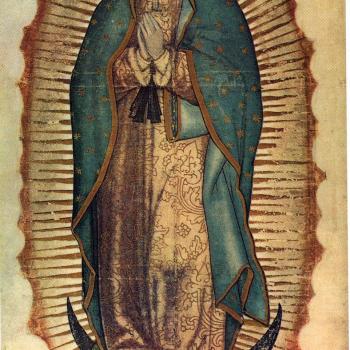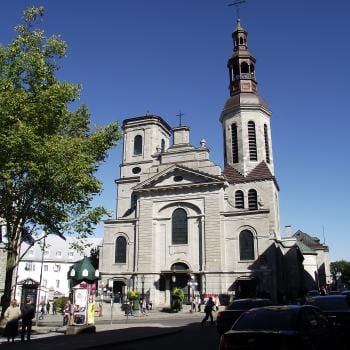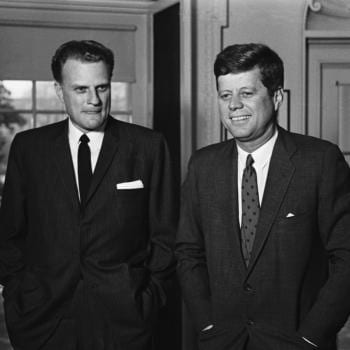The controversy surrounding monuments to Confederate officers and soldiers got me wondering about how other countries deal with former dissidents. What, for instance, do the British do with American revolutionaries freedom fighters? According to Edwin Lerner, London alone has six statues of U.S. presidents.
FDR wouldn’t be a surprise since his relationship to Winston Churchill was crucial to the Allies success in World War II:
[Roosevelt’s] statue stands in Grosvenor Square where there has been an American presence for over 200 years. A monument like FDR’s would be impossible today as it shows him upright when in reality he was confined to a wheelchair after contracting polio in 1921. Roosevelt assumed that his political career was over but his formidable wife Eleanor told him that ‘the only thing he had to fear was fear itself’, a line he recycled effectively when he led the United States out of depression in the New Deal. He also led the United States into war and effectively ended any possibility Hitler had of gaining victory. The statue, by William Reid Dick, was unveiled by Eleanor Roosevelt in 1948 with the Queen, Prime Minister Clement Attlee and Winston Churchill present. It was paid for by the British people, 160,000 of whom paid five shillings (25p) each at a time of rationing and hardship, the money raised in under a week. Apart from the official statue of Roosevelt in Grosvenor Square, there is an informal one of him and Churchill sitting and chatting in Bond Street.
British admiration for Abraham Lincoln is also easy to imagine even if the bonds that tied the U.S. and the UK had not emerged the way they would in the twentieth century:
Lincoln is arguably the most admired American president in Britain despite the fact that the southern states of the confederacy provided slave-produced cotton which English factories and mills in the north were dependent on and they suffered badly because of the American civil war. Lincoln’s statue stands opposite the Houses of Parliament near to those other champions of the oppressed: Mandela and Gandhi. As with the Washington statue, Lincoln’s is a replica of one in the United States by Augustus Saint Gaudens which can be seen in Chicago’s Lincoln Park. It was unveiled in 1920 to commemorate 100 years of peace between the United Kingdom and the United States.
Whatever Brits think of Margaret Thatcher, her ties to Ronald Reagan were sufficiently strong to produce a statue:
Mrs Thatcher would have really liked to have unveiled this monument to her friend Ronald Reagan, but ill health prevented her attending when it was unveiled by the US Ambassador. Reagan never quite enjoyed the affection of the British people in the way that other American presidents did but he was given credit by his admirers for helping to end the Cold War, maybe his most famous saying being his appeal to “take down that wall, Mr Gorbachev!” The Ronald Reagan Foundation paid for the ten foot (three metre) tall bronze statue which was unveiled on Independence Day 2011, when Reagan would have been 100 years old.
But what about George Washington, the president who when a general led the military campaign against British rule — you don’t get much more secessionist than that?
American tourists are often surprised that there is a statue of their first president in the heart of London at Trafalgar Square. The statue shows Washington holding a bundle of 13 fasces which represent the original 13 states of the newly created United States of America. There is a popular legend that Washington, whose family came from the North East of England, had said he would never set foot on British soil again so some American soil was put under the statue comply with his wishes. It is a replica of an original by Jean Antoine Houdon and was given to Britain by the Commonwealth of Virginia in 1924.
But what did rebellious British colonists do to a statue of King George?
All of which adds an additional point to the related debate about kneeling during the National Anthem. What do gestures as diverse as a pose or a statue mean? Are the British honoring people who disobey the crown and violate their constitution when the make a place for a Washington statue? Are they commemorating slave holders? Chances are the inferences people draw from such public displays of honor are varied and many. So why do Americans now think that either statues or protests are so unambiguous? It’s like they caught a case of fundamentalist literalism.












